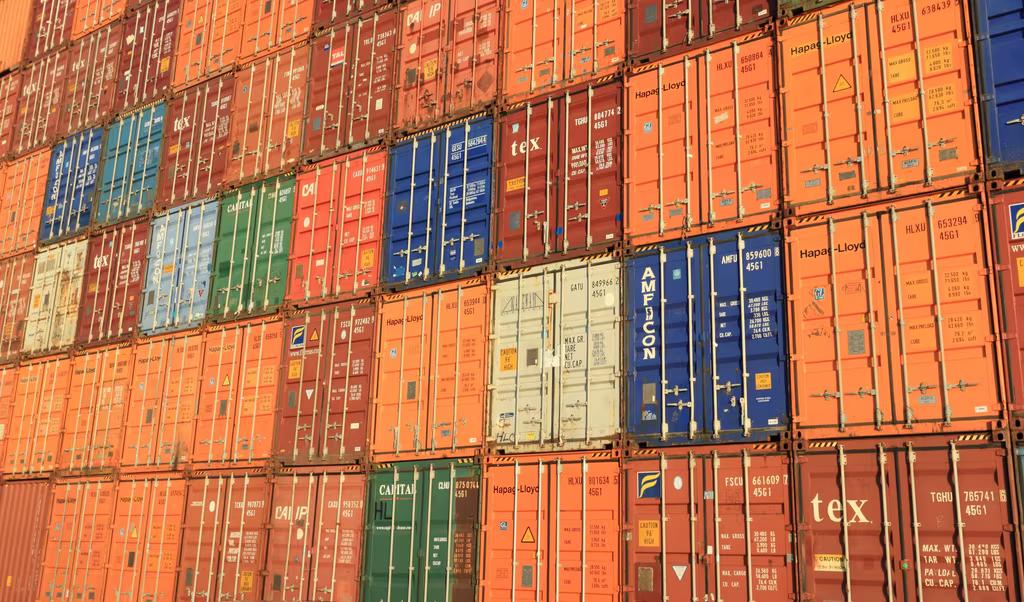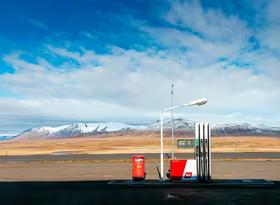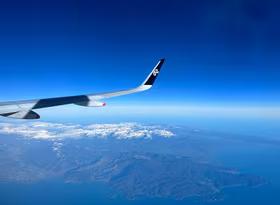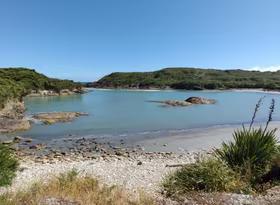
Shipping costs decline more slowly in NZ
International shipping costs are falling swiftly
International shipping costs have eased since September 2021. As shown in Chart 1, the Freightos Global Container Freight Index peaked in September 2021 at more than eight times the level it was at two years prior. The index has since declined rapidly, down 57% by September 2022.
Chart 1 also shows the swift decline in the Drewry World Container Index, which climbed to more than 7½ times pre-pandemic levels. Since September 2021, the index has fallen 50%.
Australia and New Zealand costs declining more slowly
Unlike global measures of container shipping costs, information about shipping costs which are specific to New Zealand is hard to find. However, we have some insight into the cost of shipping to Australia and New Zealand from China. The China to Australia and New Zealand component of the China Containerized Freight index is displayed in Chart 2.
Chart 2 suggests that shipping costs in New Zealand peaked in January 2022, about 3-4 months later than the global indices.
Chart 2 also shows that shipping costs to New Zealand have barely fallen from their record highs, with the index down by just 8.9%pa in September 2022. For comparison, the Freightos and Drewry global indices fell 52% and 46%pa in September. It is clear shipping costs to New Zealand are declining more slowly than to other parts of the world.
International shipping costs hit higher peaks elsewhere
Consideration of other region-specific shipping costs highlights that the cost to ship containers to Australia and New Zealand increased less than for some parts of the world. In Chart 3, we compare the cost to ship containers from China to Australia and New Zealand, Europe, and the Persian Gulf.
Between 2020 and early 2022, the cost of container freight from China to Europe and to the Persian Gulf has increased much more than the cost to ship to Australia and New Zealand.
It is plausible that shipping costs to Australia and New Zealand have not fallen as far as other parts of the world because they did not increase as much in the first place. However, this conclusion is only true for a small portion of the world.
Costs of other Pacific services falling faster
In contrast to shipping services to Europe and the Persian Gulf, several shipping services from China throughout the Pacific had similar or smaller increases than New Zealand and have since declined more swiftly. Chart 4 compares shipping costs from China to Australia and New Zealand, Southeast Asia, the west coast of North America, and South America.
Like shipping costs to New Zealand, shipping costs to both the American west coast and Southeast Asia peaked later than global costs – in early 2022 instead of September 2021. Both US west coast and Southeast Asia shipping costs increased more than New Zealand costs over the two years prior to their peak.
All three of the international shipping services compared with Australia and New Zealand in Chart 4 have fallen faster than New Zealand costs in the last 5-6 months. The swift decline seen in other shipping services through the Pacific cuts against the proposition (outlined in the section above) that New Zealand costs are declining slowly because they increased less over the pandemic.
New Zealand’s isolation maintaining high rates
It is generally accepted that the primary drivers of increased shipping costs over the last 2½ years were vulnerable supply chains and logistics systems unable to cope with the pressures imposed by the COVID-19 pandemic. In our October Transport Forecasts, we note that supply chains have been strengthened, and investment into logistics is vastly improved.
However, we still anticipate that inflation and capacity constraints could put upwards pressure on international shipping costs, particularly on certain routes and for transport of certain types of goods.
The supply chain of international shipping might still struggle to handle the additional logistical challenges posed by the extra distance to travel to our isolated part of the Pacific. These challenges are particularly off-putting for freight companies, considering the more limited volume of trade done compared to a more lucrative trade destination like the west coast of the US. As a result, they may continue to charge more elevated rates to ship to New Zealand.
Therefore, don’t be too surprised if the cost to ship containers to New Zealand continues to ease more slowly than for shipping to the rest of the world.
















